Click here for the index of the Nanasaba 1st Season Development Diary
Good evening! This is sou7. Did you catch previous postal feature in Day 15 of the Nanasaba 1st Season Development Diary? Until now, our development reports have mainly introduced the routes of the National Railways. Over the next three posts, I will now focus on introducing the routes of the private railways.
Saikai Regional Electric Railway
First, let me introduce the Saikai Regional Electric Railway, established in 1901. It is also known as Nishiden or Saikai Tiden. Currently, the following lines are in operation:
- The Main Line connecting Masaba City’s Nishiden Masaba North Station and Manju City’s Nishiden Manju Station.
- The Hasaga Line connecting Manju City’s Saruda Station and Hasaga City’s Hasaga Castle Station
Here, you can see trains on the main line and the Hasaga Line passing each other near Saruda Station. All of the trains are electric, receiving power via a third rail.
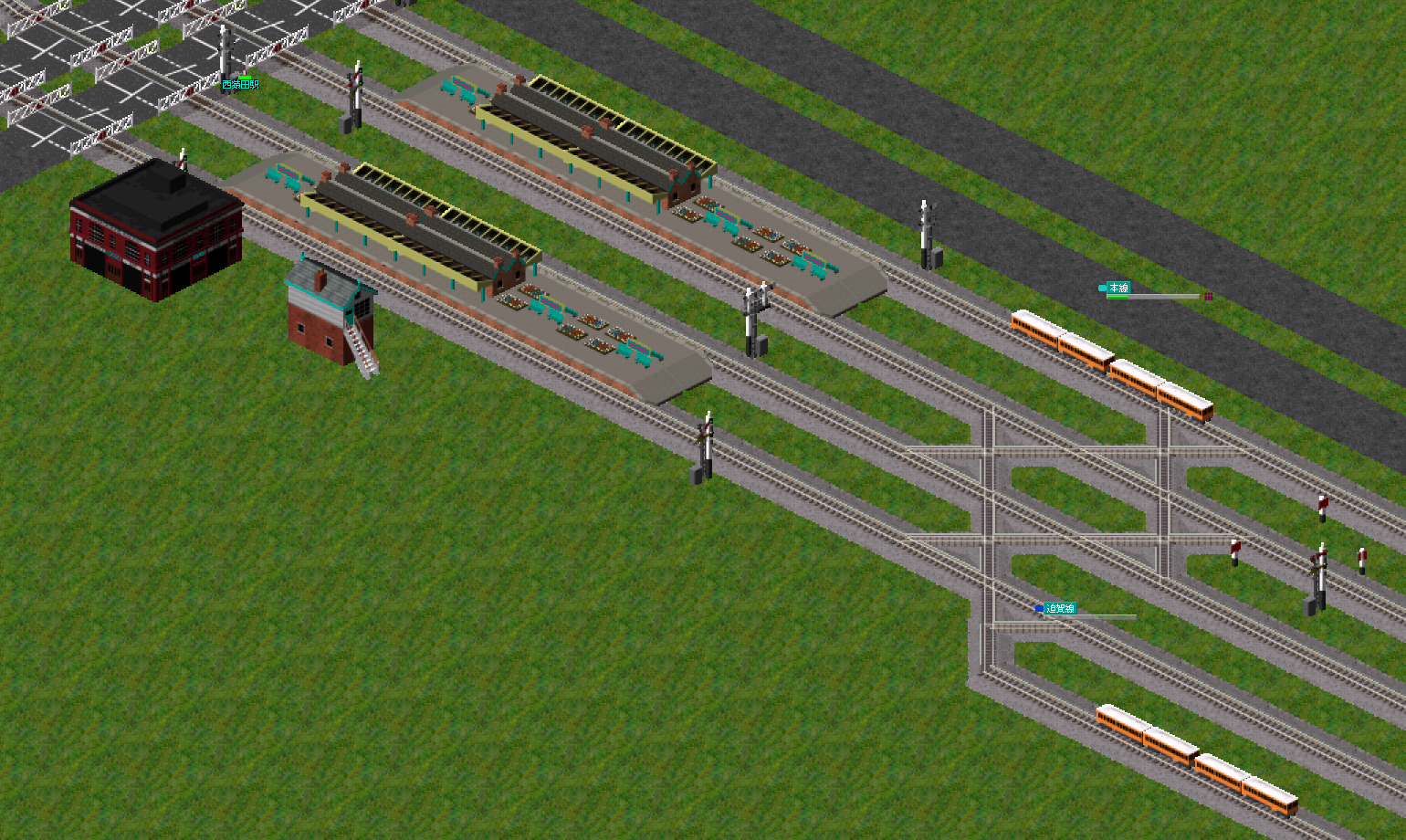
In Simutrans-Extended, multiple electrification systems are supported by the system. For example, there are AC catenary systems, DC catenary systems, third rail, fourth rail, and so on, all finely categorized. Moreover, trains designed for third rail operation can run on fourth rail tracks, allowing for quite complex control.
Saikai Regional Electric Railway – Main Line
This time, I would like to focus on and introduce the main line of Nishiden.
Under the old National Railways, trains had to bypass Hareba City. In contrast, Nishiden’s main line connects the Seinai Region and the Saikai Region in a straight line.
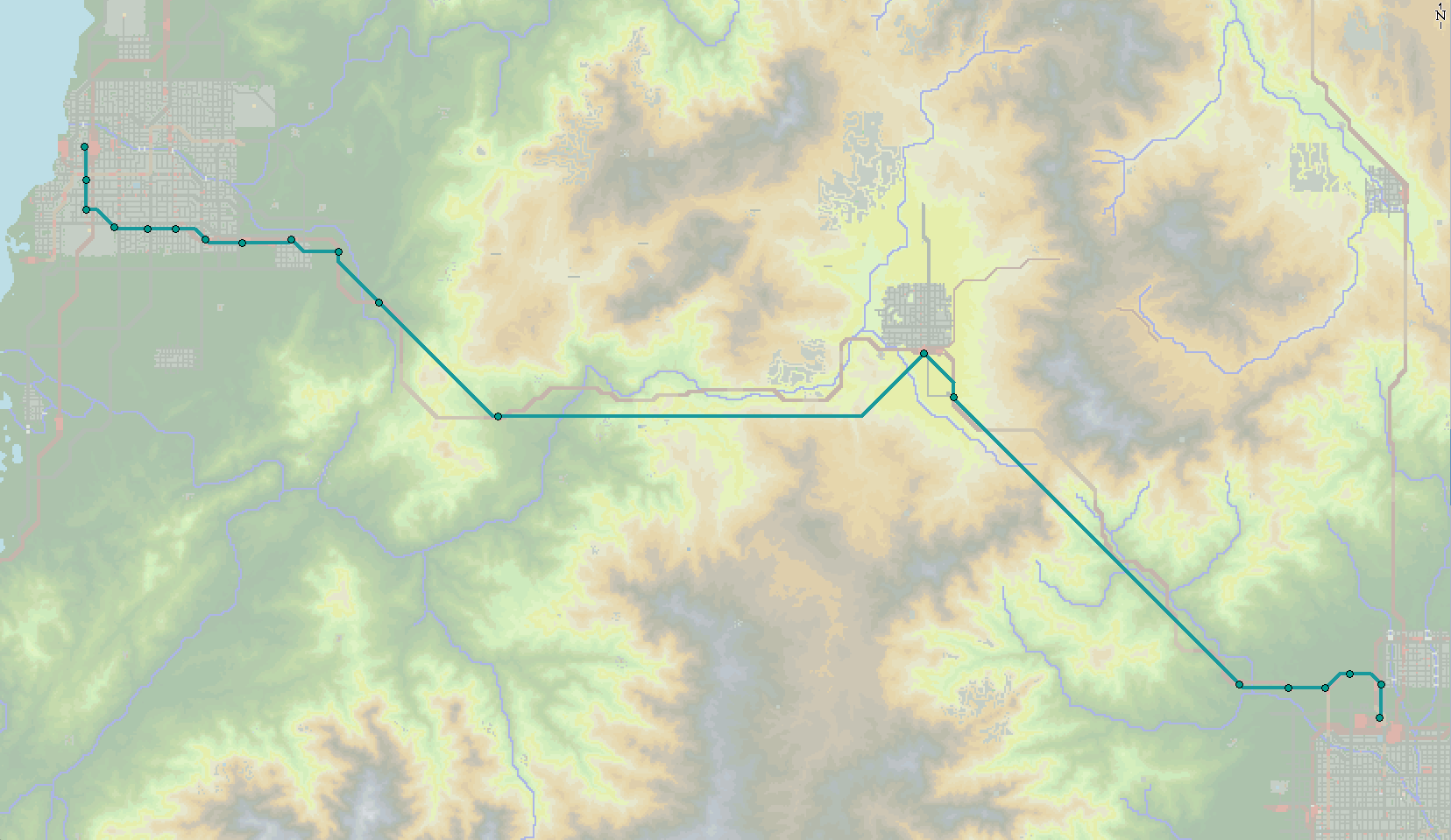
The reason this route was developed in this era is that towering mountain ranges stood between the Seinai Region and the Saikai Region. Traditional steam locomotive railways could not climb such steep gradients, making it impossible to build a railway through that area. However, by using the new technology of electric railways—with their high power output—trains can now climb the steep gradients and overcome the mountain ranges.
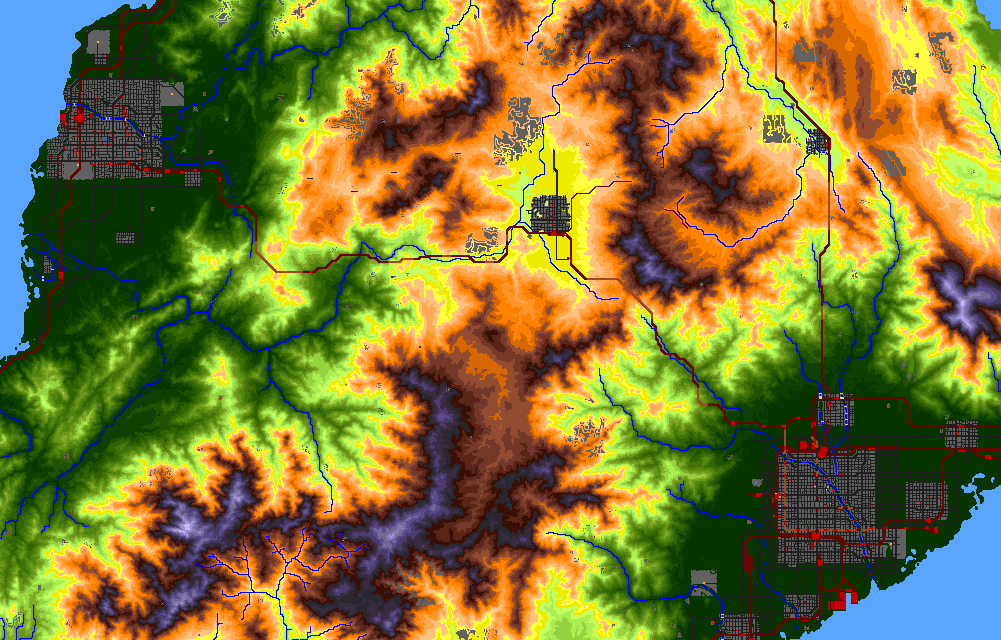
From here, I will introduce each section of the main line.
Nishiden Masaba North Station
The main line of Nishiden starts from Masaba North Station. This station has become a major terminal, serving four lines from three different companies.
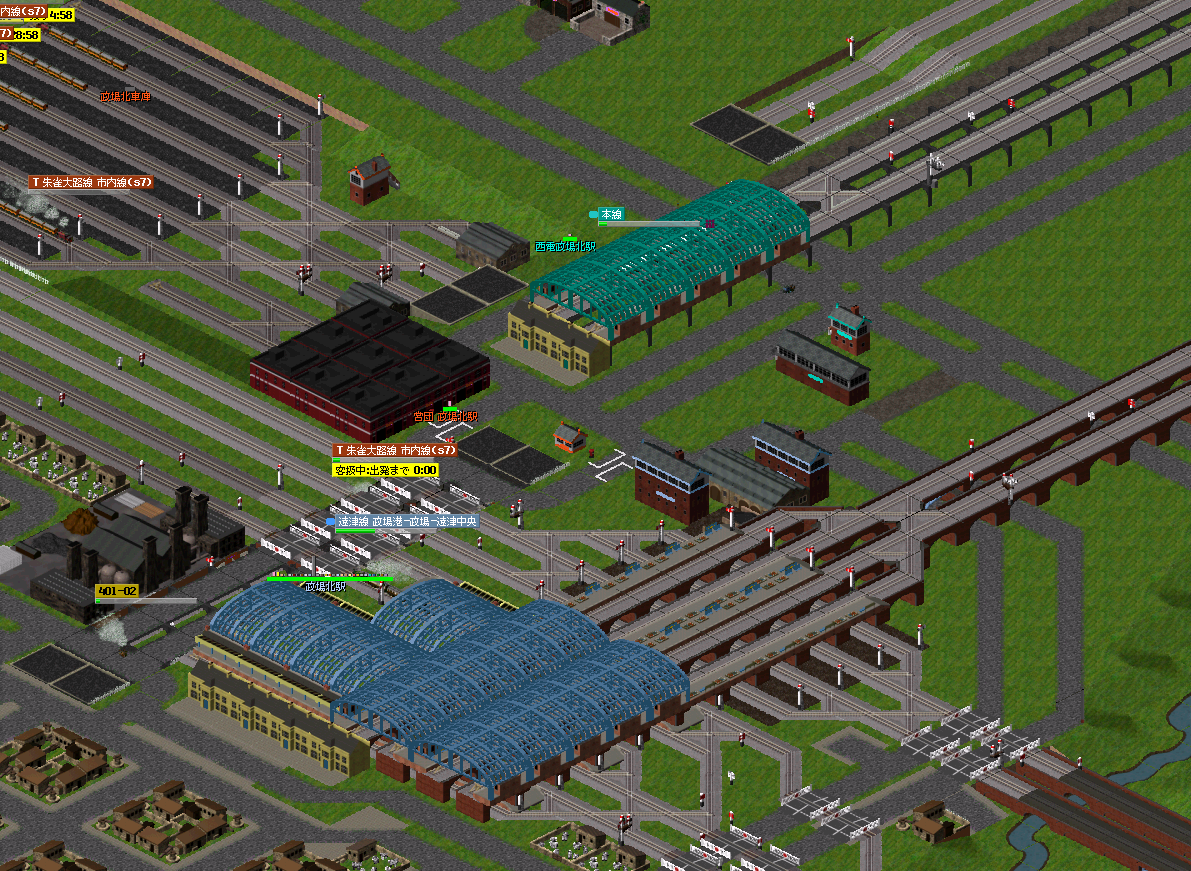
Nishiden Nishizumi Station & Shin Nishizumi Station
With the construction of Nishiden, a new subway line was built in Masaba City. The Masaba subway line was constructed by the Teito Rapid Transit Authority. For more details, I plan to introduce it in the next update, Day 17 of the Nanasaba 1st Season Development Diary.
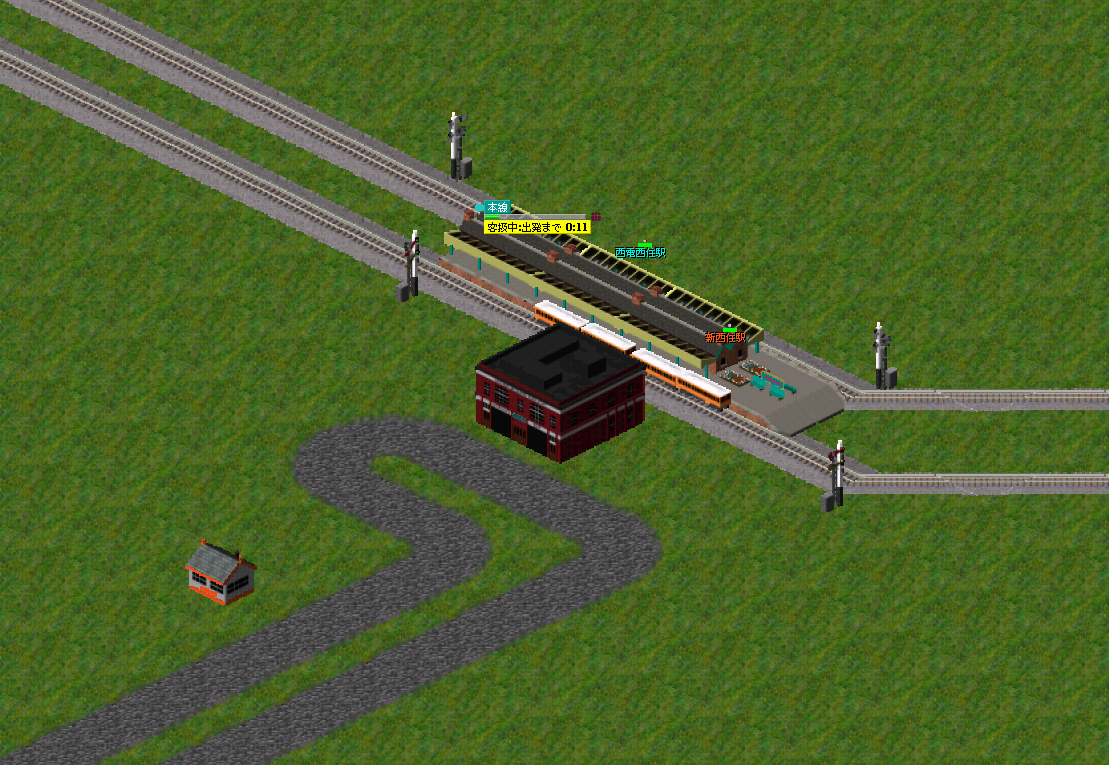
The platform for the authority line is underground. Unlike the excavation work that used elevated tools—as introduced in Masaba Central Station—this newly established subway line uses conventional underground construction methods. This method is considerably easier to build.

Mountain Pass Section
Leaving Masaba City, the line charges straight into the mountains. Trains, with their much higher acceleration compared to steam locomotives, use this power to steadily gain altitude.
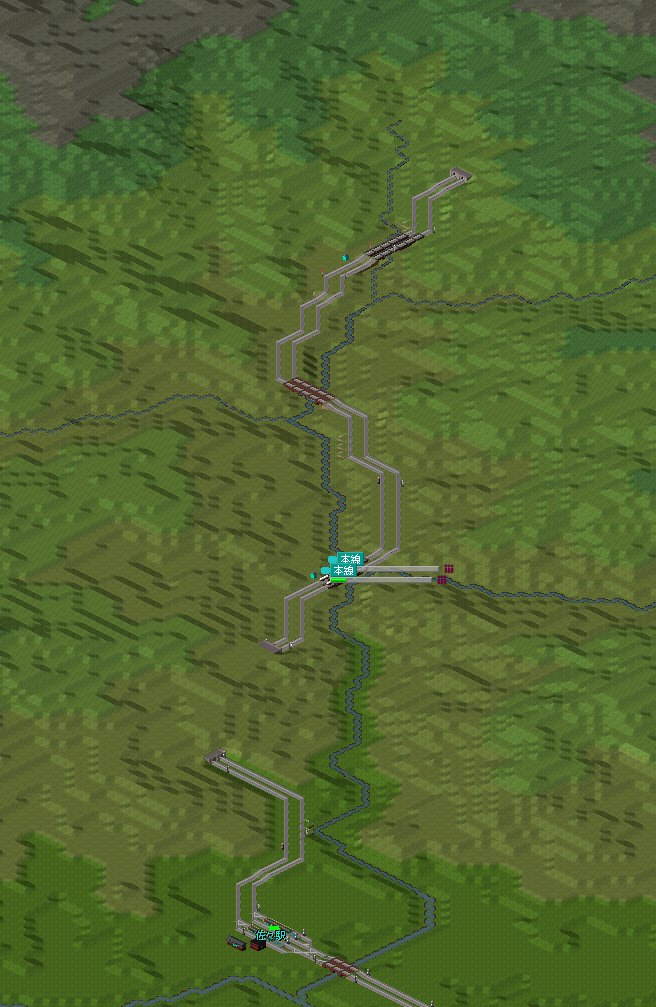
Ono Station
After crossing the mountains, you arrive at Ono Station in Ono City. Ono City is surrounded by mountains, which prevented connection by the steam locomotive-operated National Railways.
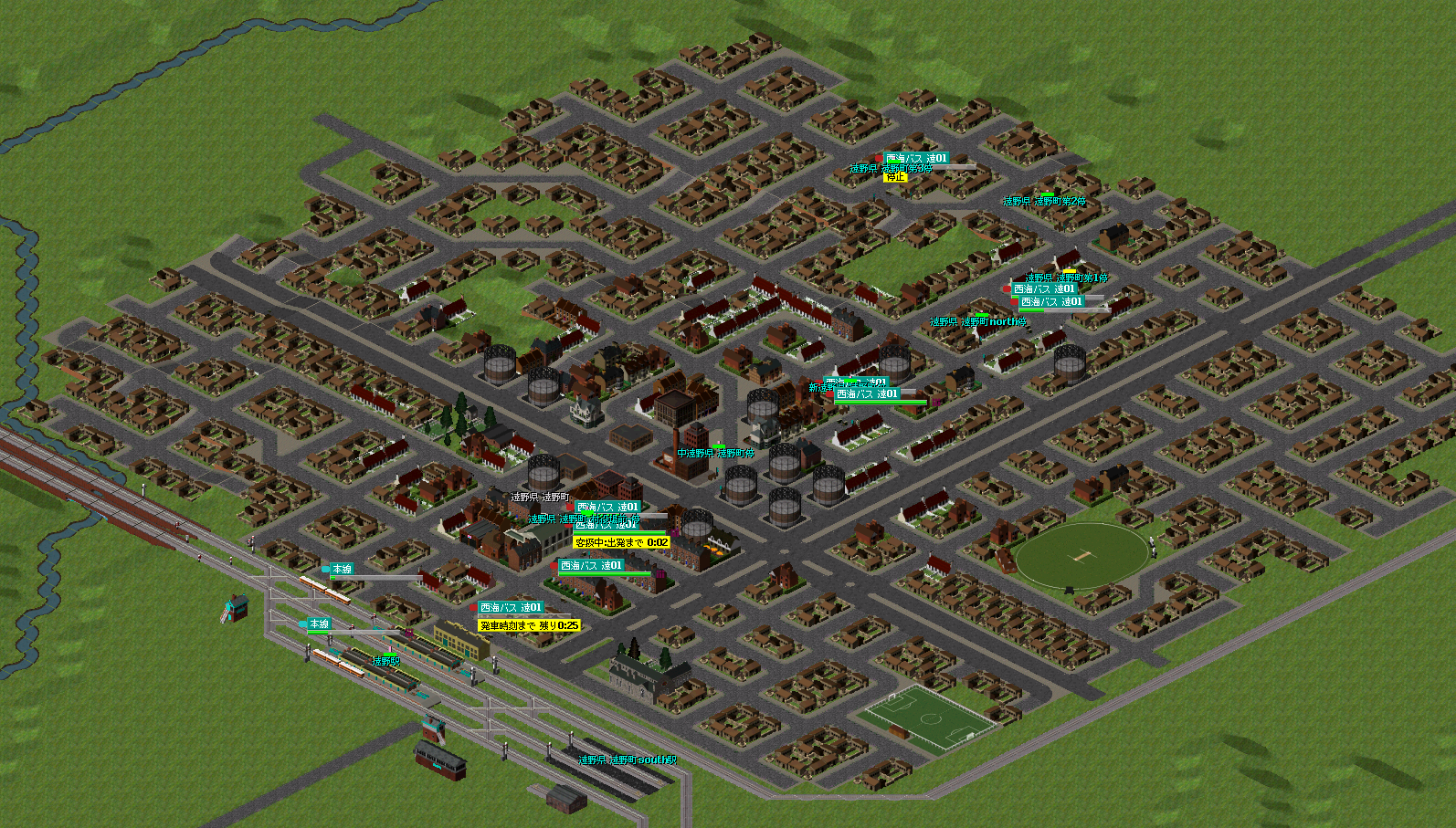
Valley Section
After passing Ono City, the line runs straight west along the river.
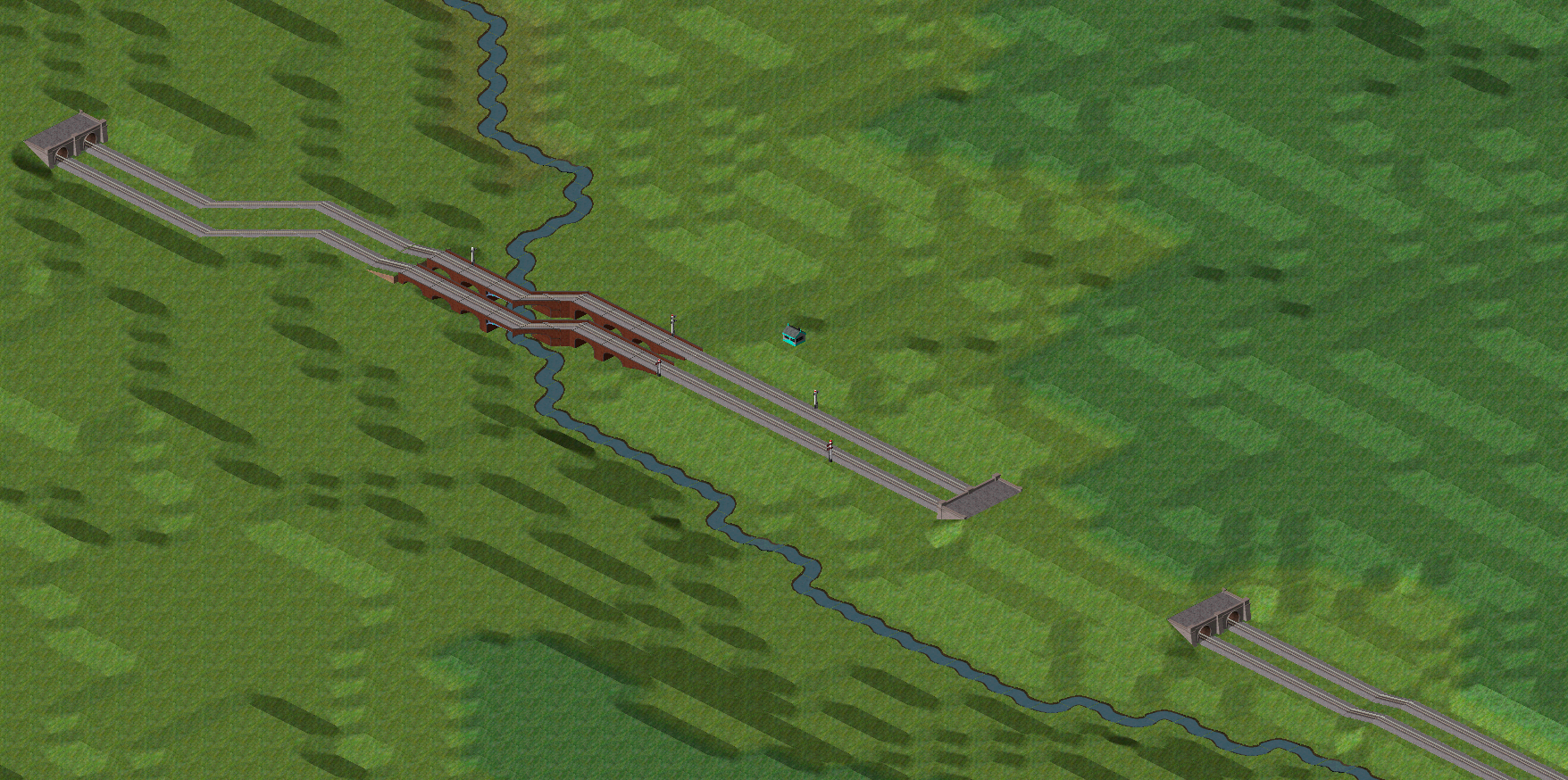
Along the way, the river is crossed by a large brick arch bridge. Beyond that, the line leaves the river and climbs over mountains once more toward the terminus at Manju.
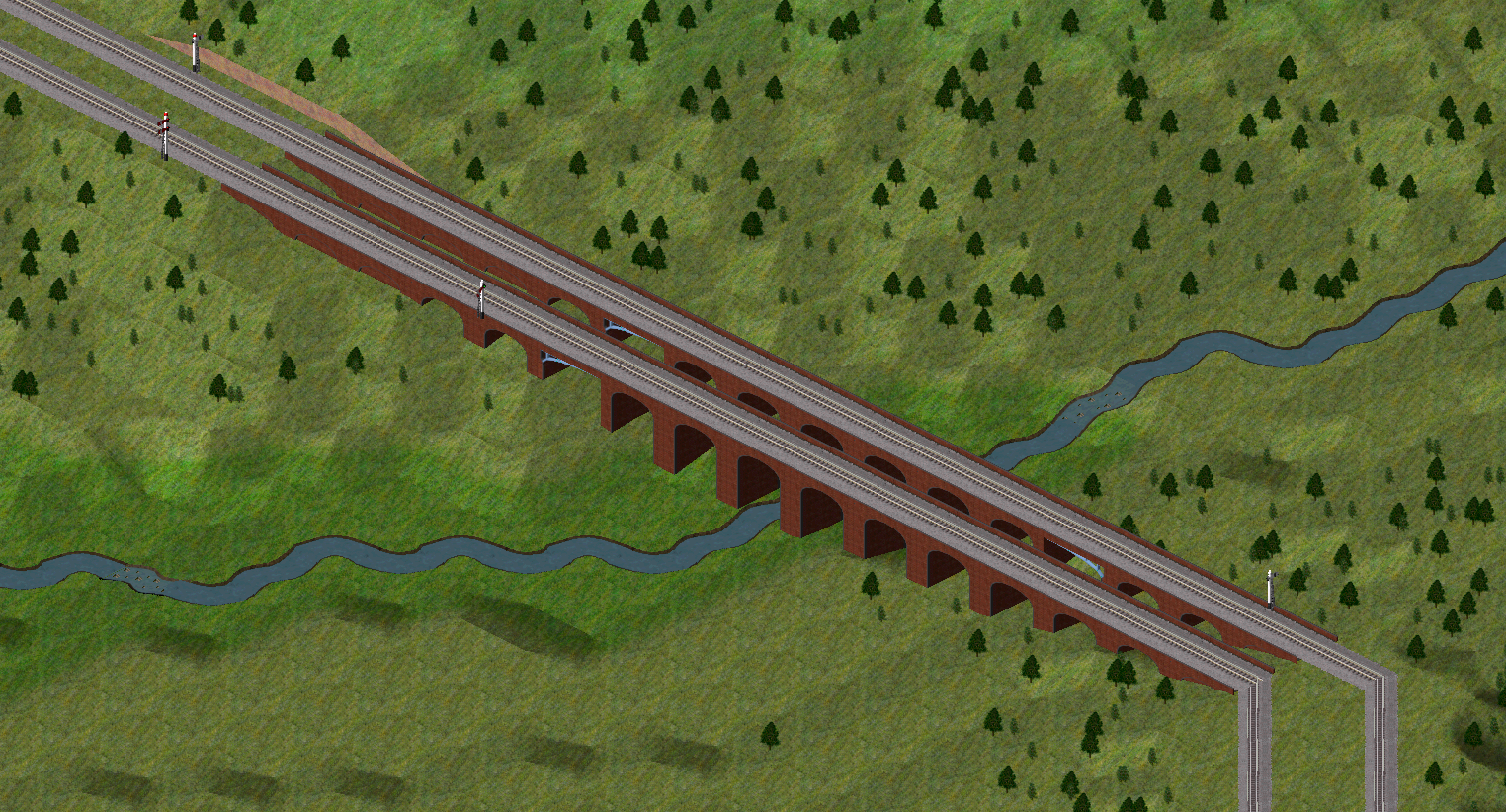
Saruda Town Station
Upon entering the urban area of Manju City, you arrive at Sarudacho Station. One station further, at West Saruda Station, the Hasaga Line is also in operation.
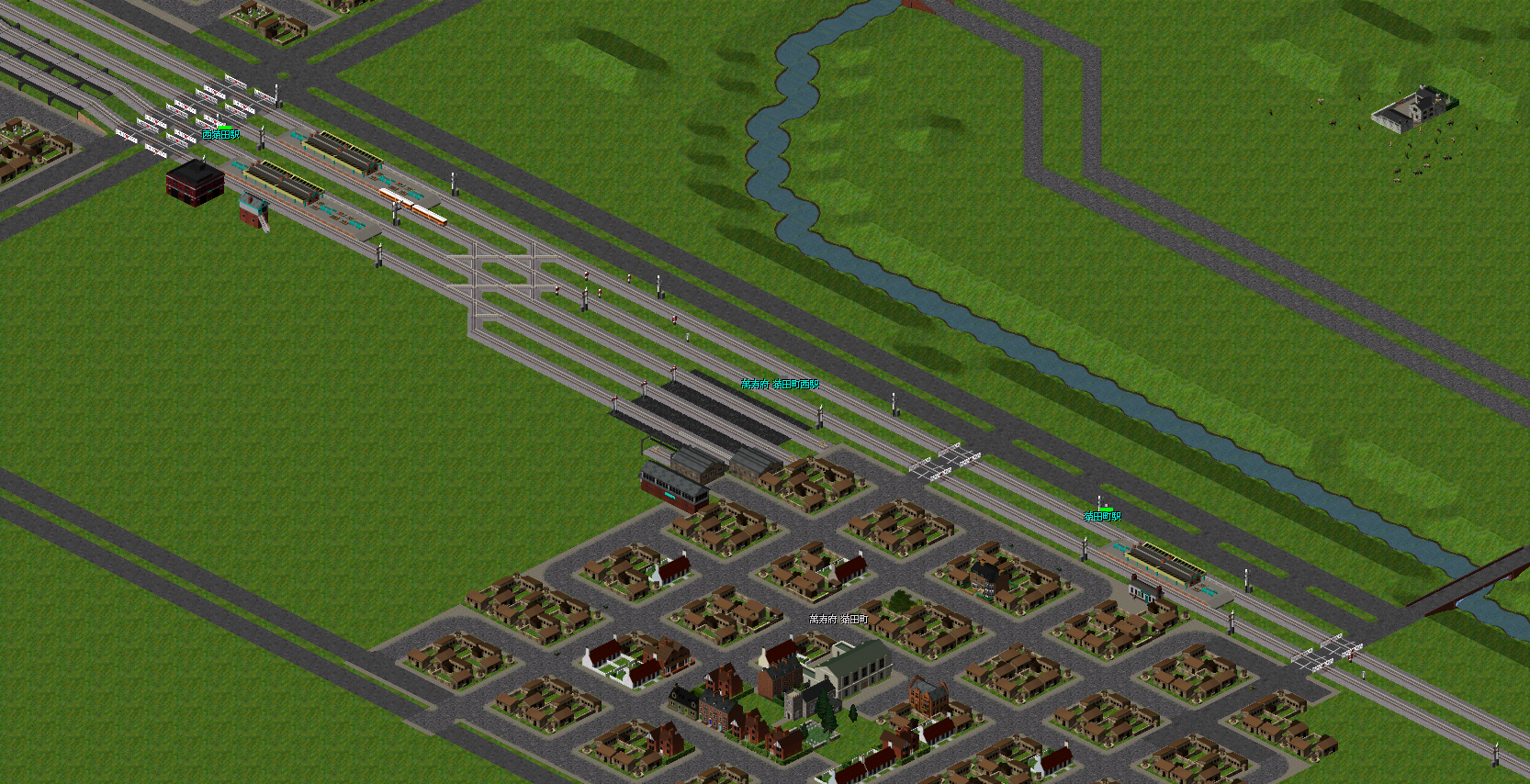
Nishitobata Station
The branch for the Hasaga Line is at Nishitobata Station, which is one station beyond West Saruda Station. This station also serves as an interchange with the tram system. The ground-level tracks are used by the main line, while the elevated tracks are dedicated to the Hasaga Line.
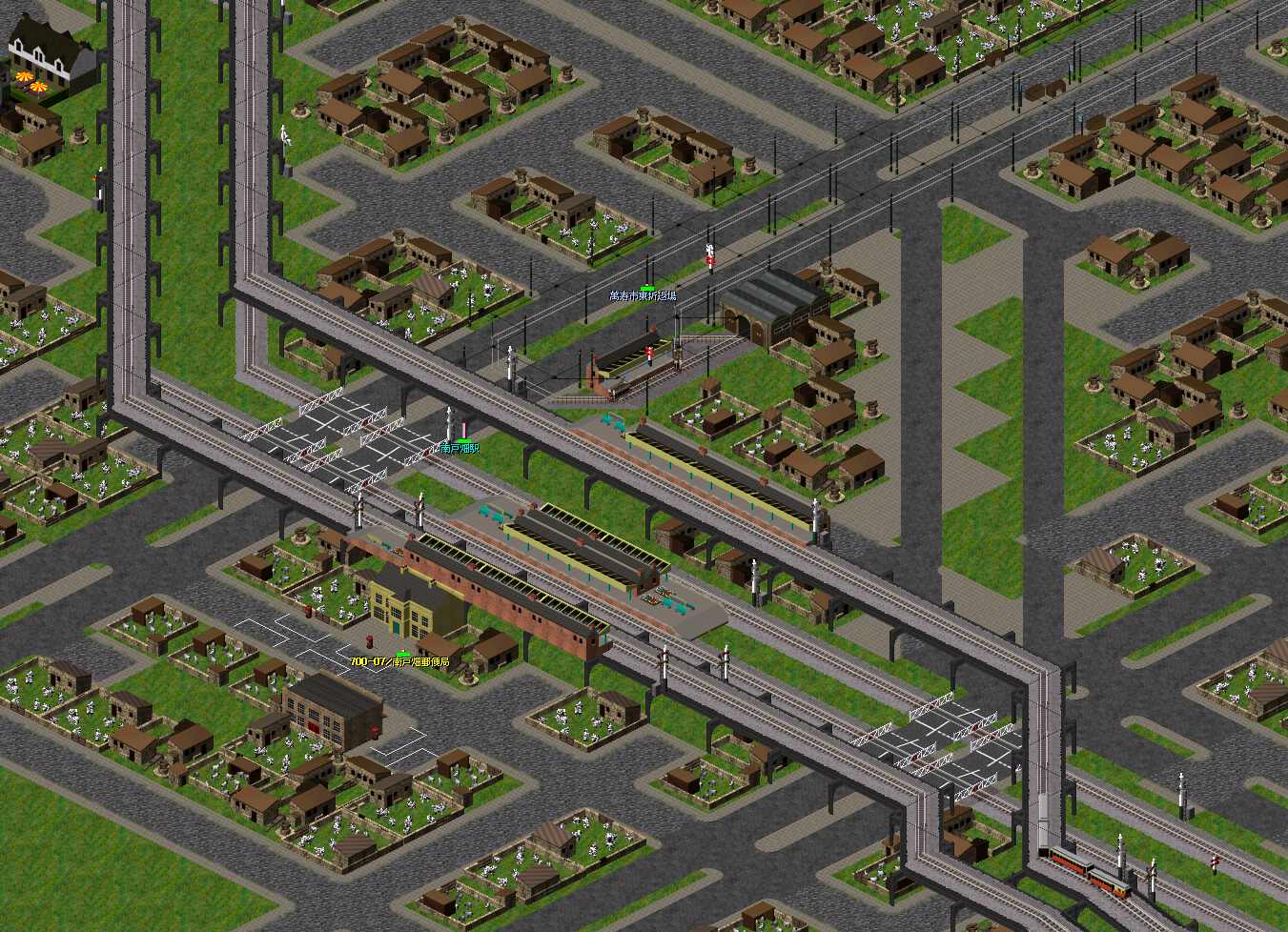
Kitakiri Station & Nishiden Manju Station
Finally, here are Kitakiri Station and the terminus, Nishiden Manju Station. Kitakiri Station serves as an interchange with the Manju Subway, providing high-speed transportation to Manju’s urban area. Nishiden Manju Station is an interchange with the National Railways, allowing transfers to various destinations in the Saikai Region.
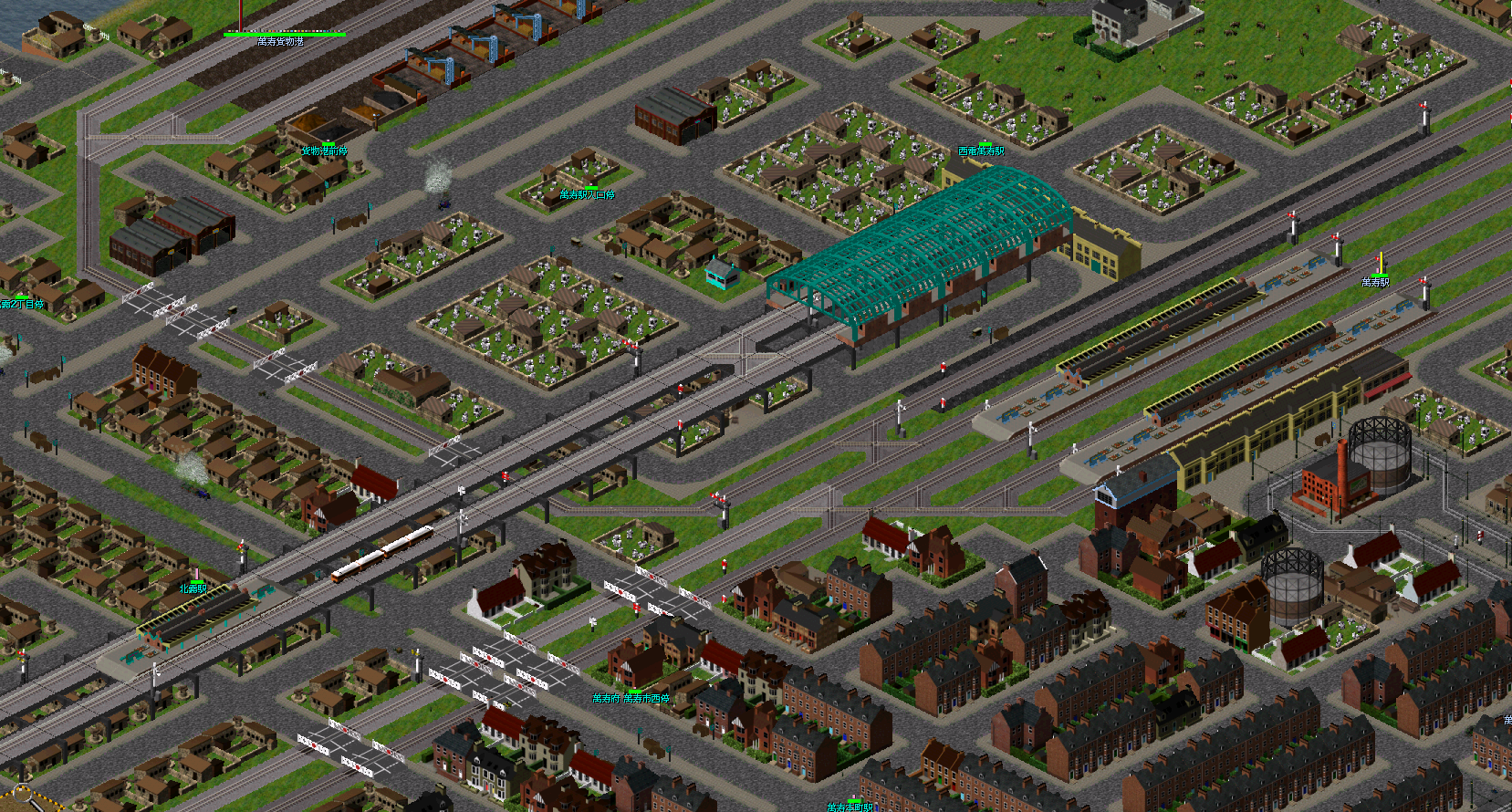
In today’s development report, I introduced the main line of Nishiden. In tomorrow’s update, Day 17 of the Nanasaba 1st Season Development Diary, I will introduce the Teito Rapid Transit Authority line, which handles urban transportation in the capital, Masaba. Please look forward to it!